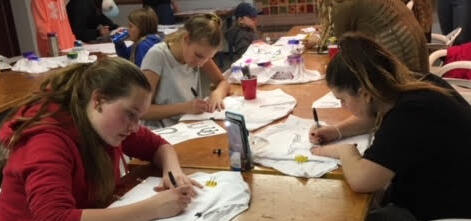Have you ever heard of coffee row? Yes? In that case, you must be from Saskatchewan. Coffee row, like many other things, is part of our living heritage. I didn’t know much about living heritage until I started working in museums as my summer job in high school. I didn’t understand the concept at the time, but I knew that it was related to our past and affected us in the present. It wasn’t until this year, when I was given the opportunity to interview living heritage leaders from across Saskatchewan that I was really able to grasp the idea of living heritage.
My name is Sarah Hoag, I am an M.A. student at the University of Regina studying history. As a student, I had the opportunity of a lifetime to work for Dr. Jerome Melancon as his research assistant. From there, living heritage became the topic I researched the most. Living heritage, in essence, is the piece of our shared cultural past that evolves with our culture. It is something that developed over time but that affects us in the present. Some people interchange the term “living heritage” with the term “intangible cultural heritage,” while others separate living heritage and intangible cultural heritage completely. In my experience, they overlap in many ways. They exist in a sort of symbiotic relationship, however, they do have aspects that are unique to each concept respectively. Intangible cultural heritage is the aspect of our heritage that we cannot hold and touch. It is the cultural practices, traditions, and beliefs that cannot be rebuilt in the physical world.
One thing that living heritage and intangible cultural heritage have in common, is that when they are gone, they are lost to the sands of time. Our research at the University of Regina looked at the definitions of living heritage and intangible cultural heritage with a special focus on Saskatchewan-based organisations. With this, Dr. Jerome Melancon arranged for interviews to be conducted for research, promotion, and preservation purposes.
Over 13 participants shared stories of success in the fields of living heritage and intangible cultural heritage. Interestingly, most people used the term living heritage. (I think this was due to the fact that living heritage can be either tangible or intangible and a lot of Saskatchewan-based organisations look at both cultural practices and physical displays of heritage.) I cannot say enough good things about the volunteers who took time to talk to me about their living heritage initiatives. Russell Fayant and Brenna Pacholko of SUNTEP spoke about the Road Allowance project their students did in relationship with Old Ones within the Métis community. They spoke of the relationship-building and community-building lessons their students learned from the experience on top of the information gathered. Mary Blackstone, a professor, actor, researcher, and community enthusiast described the steps the arts community is taking during the times of Covid-19 to map the effects of the pandemic on their community. She described the importance of living heritage to the arts community as it is the basis of many people’s work. Pat Craven of the Bengough Museum spoke of the cowboy culture in their community and how it is fostered through rodeo practices. Living heritage leaders in Saskatchewan interviewed include: Dr. Sheila Petty, who spoke to the UNESCO Chair at the University of Regina; Dr. Mary Blackstone, who spoke on behalf of the Saskatchewan Arts Alliance about Cultural Workers and Institutions at Risk during Covid-19; Alexandre Chartier of the Société historique de la Saskatchewan, who told the story of the Ceinture fléchée fransaskoise creation; Kristin Catherwood, expert in living heritage and Heritage Saskatchewan rockstar who spoke on behalf of the Coal in Coronach Living Heritage Project;Tami Scott from the Town of Oxbow who spoke of the Souris-Moose Creek Region- Living Heritage Community Project; Dr. Ryan Walker who spoke on behalf of the Peggy McKercher Conservation Site; Russell Fayant and Brenna Pacholko of SUNTEP who facilitated the gee meeyo pimawtshinawn/It Was a Good Life: Saskatchewan Métis Road Allowance Memories Living Heritage Project; Stephanie Danyluk, whYXE podcast creator; Dr. Glenn Sutter, Songs for Nature leader and living heritage champion, Isabelle Blanchard, spokesperson for Save our Little Elevator, Gravelbourg; Kailey Boan, leader of the Rediscovery Session at the Ranch Ehrlo Society; and finally Pat Craven from the Benough Museum with the Bengough Cowboys, Rodeo, and Living Heritage culture days initiative. All of these interviews were summarized and will be available in a living heritage publication released soon. Though each project was extremely different, it showed the scope of Saskatchewan heritage and the importance of its safeguarding. I sincerely hope people will read the publication and gain inspiration.
When a living heritage practices are not used, it is at the risk of being lost. One reason I love the term living heritage is it puts into perspective the fragility of heritage. Just like the lives we live, it requires care, love, and nurturing in order to thrive. If it is set aside or forgotten it will be lost. Luckily, Saskatchewan is full of life and living heritage! Our community organisations are leaders in safeguarding our cultural past! The interviews made me realize just how important living heritage is and how reliant it is on local people to uphold its traditions.
As these interviews were conducted during a pandemic, they were all Zoom-based. I feel blessed to live at a time when even a global pandemic cannot sever our lines of communication and sharing of information. I want to extend a sincere thanks to the aforementioned volunteers who gave their time to talk to me about living heritage. Their efforts in our communities are sincerely appreciated.
Conducting the interviews with these leaders in our community really made me consider the depth of living heritage. I hope you read through the publication and take inspiration from it. I sincerely had a fantastic time interviewing these living heritage experts and writing the publication entrees for each.


